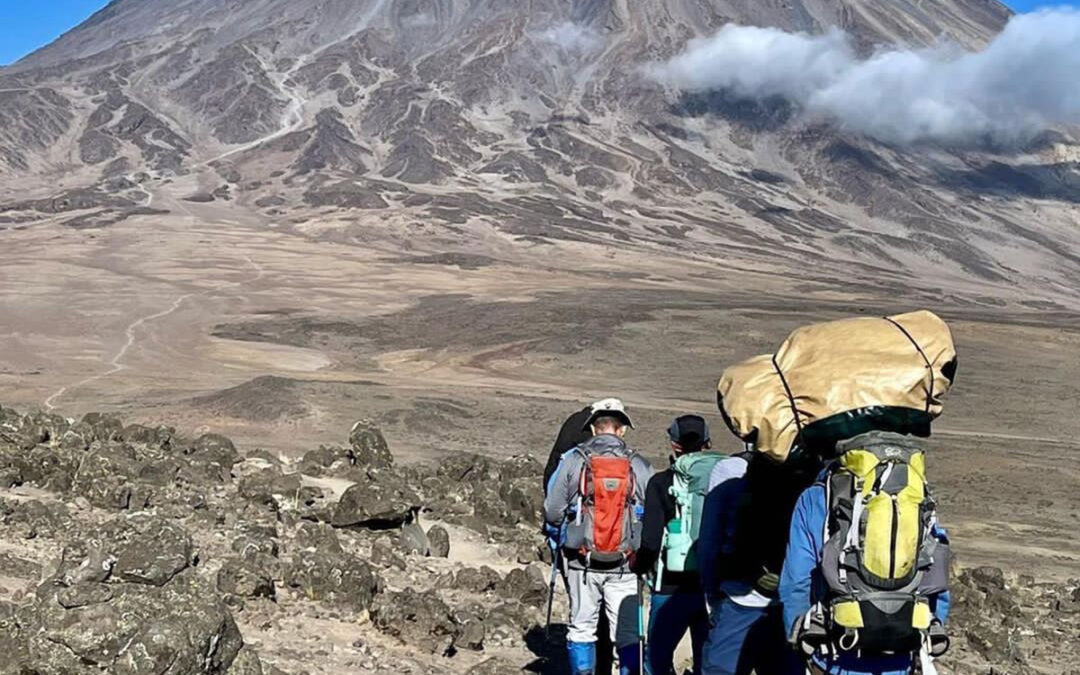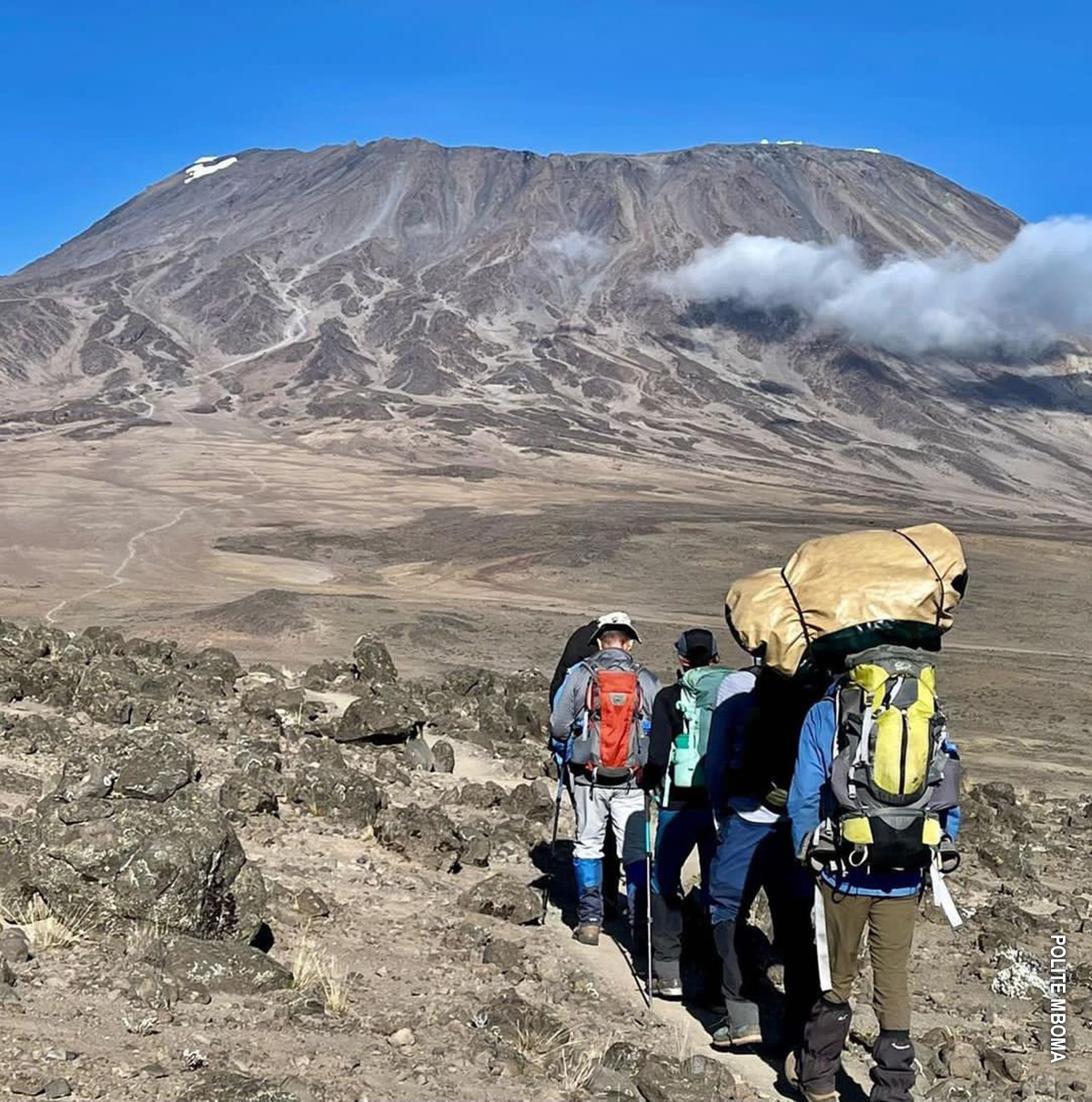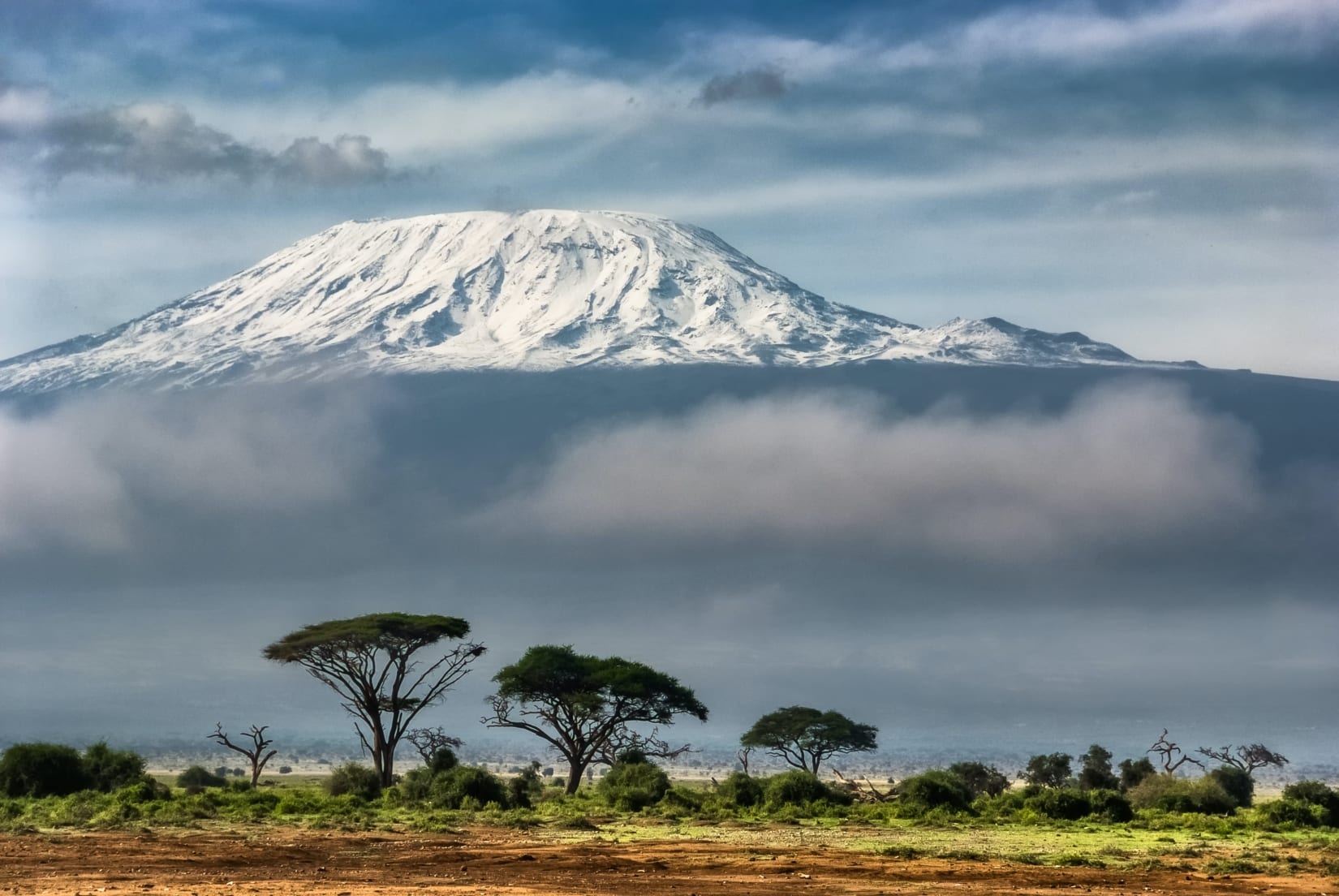Have you ever wondered about the landscapes that lie between the towering glaciers of Kibo and the jagged walls of Mawenzi? The Saddle of Kilimanjaro, a vast plateau at around 14,400 feet, presents an intriguing mix of lunar-like terrain and alpine desert. It’s a marvel, often overlooked, but rich with geological marvels and stark beauty.
Historically, the Saddle has served as a unique vantage point for explorers and researchers alike. This area, sparsely covered in vegetation, has been compared to Martian landscapes due to its eerie resemblance. For adventurers, traversing the Saddle offers a challenging yet rewarding experience, providing breathtaking views and fascinating insights into Kilimanjaro’s volcanic activity.
Exploring the Saddle of Kilimanjaro: A Unique Alpine Experience
The Saddle of Kilimanjaro is a high-altitude plateau situated between the peaks of Kibo and Mawenzi. This area, mostly barren, resembles a moonscape more than a traditional mountain environment. Hikers often marvel at its expansive, almost otherworldly scenery. While the landscape may seem lifeless, it has intriguing geological formations. These features offer a glimpse into the mountain’s volcanic past.
Despite its harsh conditions, the Saddle supports a surprising variety of life. You might spot hardy vegetation, such as moss and lichen, clinging to rocks. Animal sightings include unique bird species and small mammals adapted to the alpine desert. The flora and fauna here have evolved to endure the extreme weather. Their resilience is a testament to nature’s adaptability.
For adventure seekers, traversing the Saddle is a thrilling challenge. The high altitude and sparse oxygen can make trekking exhausting. However, the rewards far outweigh the difficulties. Hikers are greeted with stunning views of Kilimanjaro’s twin peaks. The sense of achievement felt upon crossing the Saddle is unmatched.
Visiting the Saddle isn’t just about natural beauty; it’s also a lesson in geography and climate. With elevations above 14,000 feet, the conditions teach hikers about alpine environments. The drastic shifts in climate also highlight the impact of altitude. Understanding these elements can deepen appreciation for high-altitude ecosystems. This knowledge enriches the experience, making it memorable.
Understanding the Geographical Significance
The Saddle of Kilimanjaro plays an important role in the mountain’s geology. Positioned between Kibo and Mawenzi, it connects the highest and second-highest peaks. This plateau, located at around 14,400 feet, is one of the largest high-altitude areas in Africa. Its flat nature contrasts dramatically with the steep slopes of the surrounding peaks. This unique formation provides insights into Kilimanjaro’s volcanic history.
The geological composition of the Saddle tells a story of ancient eruptions. Volcanic ash and lava flows are scattered across its surface. These materials have been shaped by wind and weather over thousands of years. This process created the distinct landscape seen today. Studying these formations helps scientists understand volcanic activity.
From a geographical standpoint, the Saddle serves as an excellent logistical point. Climbers often use it as a resting area before ascending either peak. It acts as a natural corridor for trekkers, making it easier to traverse the mountain. This strategic position enhances its value for navigation. Mountaineering routes often incorporate it for acclimatization.
Understanding the geographical significance also involves acknowledging environmental conditions. The altitude impacts both climate and weather patterns drastically. Temperatures can swing between extremes within hours. This environment offers a unique opportunity to study high-altitude ecosystems. Researchers frequently explore this area to monitor climate change effects.
The Unique Flora and Fauna Encountered at the Saddle
The Saddle of Kilimanjaro might seem barren at first glance, but life thrives here in surprising forms. You will find flora like hardy grasses, small shrubs, and even blooming flowers. These plants have adapted to the harsh, alpine desert conditions. Their survival is remarkable given the high altitude. Vegetation is sparse but well-suited to the extreme environment.
Among the more colorful sightings are the everlasting flowers. They are known for their ability to retain their colors and form for a long time. These blooms add a splash of color to the otherwise rugged landscape. The presence of such resilient flora illustrates nature’s adaptability. It turns the harsh Saddle into a beautiful surprise.
Fauna is equally fascinating, despite the challenging climate. Birds such as the alpine chat and lammergeier can be spotted soaring above. These birds are adapted to the high-altitude environment, demonstrating impressive resilience. Small mammals, like the rock hyrax, roam the rocky terrain. Their presence adds life to this stark, scenic area.
In addition, these species create a unique ecosystem atop the mountain. The interaction between flora and fauna forms a delicate balance. This ecosystem has adapted to the limited resources available. Observing it offers valuable insights into high-altitude biodiversity. This makes the Saddle an area of significant ecological interest.
Impact of Climate Change on the Saddle’s Environment
Climate change is having a noticeable impact on the Saddle of Kilimanjaro. As global temperatures rise, the glaciers atop Kilimanjaro are shrinking rapidly. This melting affects the water supply that feeds the fragile ecosystems of the Saddle. The reduction in glacial runoff leads to drier conditions. These changes disrupt not only the vegetation but also the animal life.
The plant species at the Saddle are particularly sensitive to these shifts. With less water, the alpine flora struggles to survive. This affects not just individual plants but entire communities of species. Reduced vegetation means less food and habitats for the area’s fauna. It’s a cascading effect that threatens the entire ecosystem.
Animal life is also greatly affected by changing temperatures and lower water availability. Birds and small mammals find it harder to sustain their populations. Many species may be forced to migrate to other areas for better conditions. This migration could lead to a loss of biodiversity in the Saddle. Adapting to new environments may also be challenging for these species.
Scientists use the Saddle as a natural laboratory to study these changes. They monitor temperature variations, plant health, and animal movements. These studies help us understand how high-altitude ecosystems react to climate change. The findings can then inform conservation efforts aimed at protecting the environment. This research is vital for creating sustainable strategies.
Climate change also impacts the human experience of the Saddle. Hikers may find less snow and more extreme weather conditions. The unique landscape might lose some of its defining features. Conservation groups are working to mitigate these impacts. Their efforts include educating the public and promoting sustainable tourism.
Key Takeaways
- The Saddle of Kilimanjaro is a high-altitude plateau.
- It sits between the peaks of Kibo and Mawenzi.
- Exploring it offers insights into volcanic activity.
- Unique flora and fauna adapt to its harsh conditions.
- Climate change impacts its fragile ecosystem significantly.



